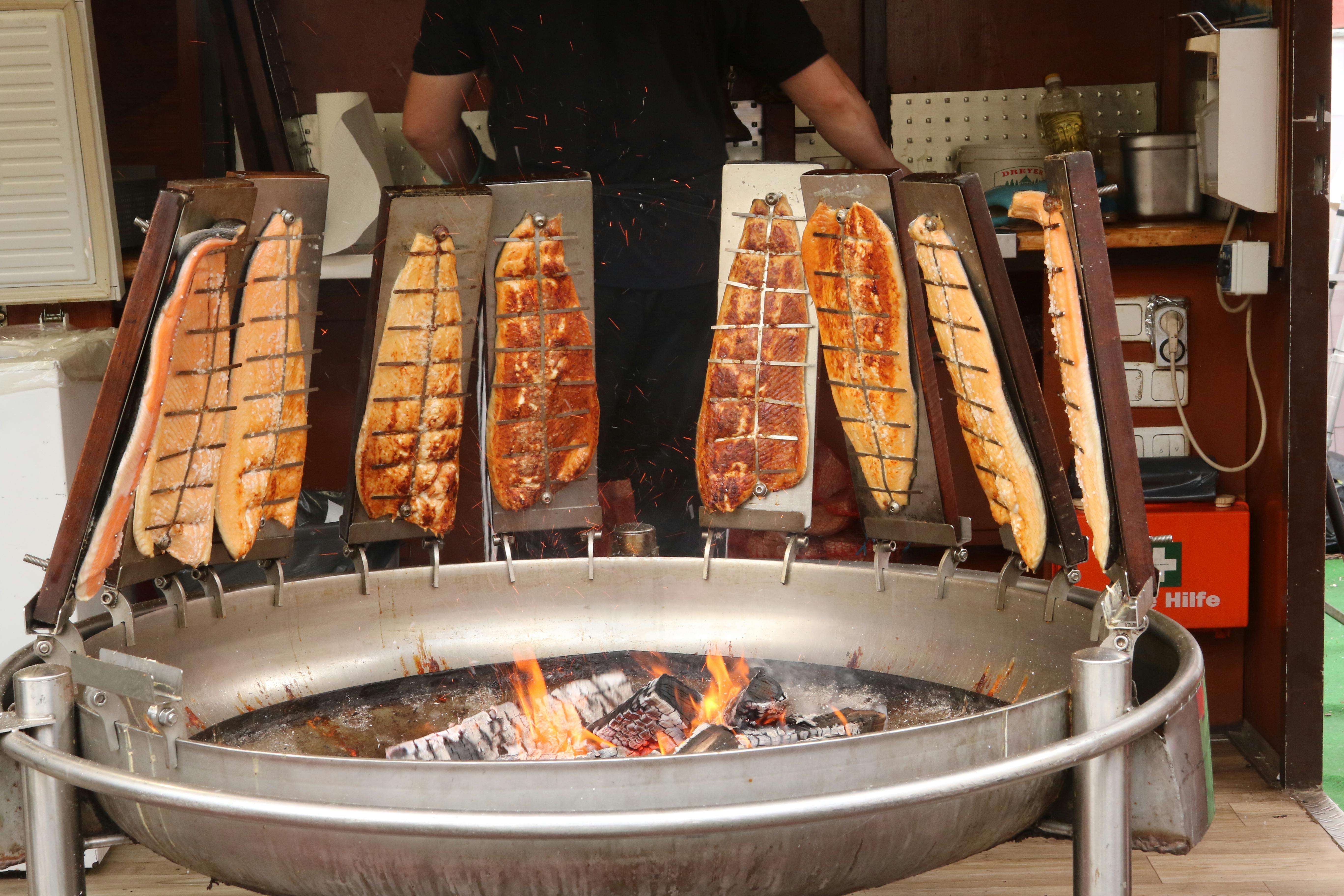Smart Ways to Care for a Venus FlyTrap in 2025

Apply Now


Smart Ways to Care for a Venus FlyTrap in 2025
Understanding Venus FlyTrap Needs
The Venus FlyTrap (Dionaea muscipula) is a fascinating carnivorous plant that captures and digests insects, providing essential nutrients for its growth. Understanding how to care for a Venus fly trap involves a keen awareness of its environmental needs and biological functions. Proper Venus fly trap care begins with recognizing the right balance of sunlight, water, and humidity crucial for thriving. These plants are native to subtropical wetlands in the United States, which underscores their need for a warm, humid environment. Knowing how to care for a Venus fly trap includes providing the right soil mix, choosing a proper pot size, and ensuring they receive adequate light conditions. These factors not only support healthy growth but also enhance the plant’s trapping ability. As you guide your Venus fly trap through its growth stages, monitoring for common pests and understanding signs of unhealthy traps will help maintain its vitality. Building on these fundamentals, let’s dive deeper into specific care techniques.Sunlight and Watering Requirements for Venus FlyTrap
One of the most critical elements of Venus fly trap care tips is sunlight. These plants thrive in bright, direct sunlight for at least 12 hours per day. The best sunlight for Venus fly trap should ideally be filtered or supplemented with grow lights if grown indoors. If your plant shows signs of stretching or losing its vibrant green color, it may not be receiving enough light. When it comes to watering a Venus fly trap, it’s essential to use distilled water or rainwater to prevent mineral buildup from tap water. Keeping in mind the importance of drainage for Venus fly trap, ensure that the pot has drainage holes. This helps prevent root rot and maintains the plant's overall health. Watering techniques should include submerging the pot in water for a few minutes and allowing it to absorb moisture from the bottom up. Transitioning to the next vital aspect, let’s discuss the best soil for Venus fly trap.Choosing the Best Soil for Venus FlyTrap
When selecting the best soil for Venus fly trap, it's crucial to use a well-draining mix that is low in nutrients. A recommended soil mix may include components such as sphagnum moss, peat, and perlite, which replicate the plant's natural habitat. A soil pH of around 5.5 to 6.5 is ideal, offering a suitable environment for growth. Additionally, understanding Venus fly trap root system is essential for potting. Use a pot that allows for adequate space without overwhelming the plant, typically 4-6 inches in diameter for young plants. When transplanting Venus fly traps, be gentle with the roots to minimize stress on the plant. To support your efforts in maintaining ideal soil conditions, let's explore the proper feeding techniques for these unique plants.Feeding Venus FlyTrap Insects
Feeding Venus fly traps is a critical aspect of their care. These plants capture insects using specialized traps that snap shut when prey touches their sensitive hairs. Understanding Venus fly trap consumption of food involves knowing what insects are best for them. Common insects like flies, spiders, and small ants are excellent choices. Generally, each trap can consume food every 2-4 weeks, depending on the size of the insect. Venus fly trap feeding guidelines recommend offering a variety of insects and avoiding overfeeding. Too much food can lead to trap damage, while inadequate feeding can result in stunted growth. If a caught insect is not alive, it’s important to ensure it’s small enough to be digested. With these feeding practices established, let's delve into the Venus fly trap dormancy phase.Understanding Venus FlyTrap Dormancy
Like many other perennials, signaling the seasonal changes in Venus fly trap care involves understanding its dormancy phase. Typically occurring in winter, dormancy is crucial for the plant's health, allowing it to conserve energy and prepare for the upcoming growth season. During this period, you should reduce watering and avoid feeding the plant. The ideal temperature for Venus fly trap dormancy ranges between 32°F to 50°F (0°C to 10°C). If kept indoors, maintaining appropriate humidity levels is vital, while outdoor plants can be left outside as they can handle frost. Protecting Venus fly trap from frost can be accomplished by bringing potted plants indoors. As spring approaches, gradually reintroducing watering and sunlight will help kickstart the growth phase. Ensuring proper care during dormancy is the key to a successful growing season ahead.Common Pests of Venus FlyTrap
When caring for Venus fly trap, one must also be vigilant about common pests that could threaten their health. Aphids, spider mites, and fungus gnats are frequent pests that can affect these plants. Identifying signs of Venus fly trap starvation or stress can involve looking out for wilting leaves and discolored traps. Effective pest management in gardening involves using insecticidal soap or neem oil to control infestations. It’s essential to monitor your plant’s health regularly, as early detection is crucial for successful treatment. Learning how to clean plant pots and surrounding areas can also help prevent future infestations. Transitioning into preventative measures is equally important, so let's examine how to maintain the ideal environment for a thriving Venus fly trap.Creating an Optimal Environment for Venus FlyTrap
To ensure healthy growth, creating an optimal environment for Venus fly trap is essential. The ideal humidity levels for Venus fly trap should be around 50% to 70%, which can be achieved using humidity trays or placing the plant in a terrarium. Moreover, managing air circulation for Venus fly trap is key to preventing mold or fungal issues. For indoor gardening, using grow lights can supplement natural sunlight, especially during shorter days in the winter. Regularly checking and adjusting humidity levels is crucial to maintaining the plant's health. These steps, combined with seasonal care, form the foundation of effective Venus fly trap maintenance. As we move forward, let’s explore how to propagate Venus fly traps effectively.How to Propagate Venus FlyTrap
Propagating Venus fly traps is a rewarding way to expand your indoor garden. The main methods include seed propagation and division of mature plants. Seed propagation requires patience, as it can take up to a year for seeds to germinate and grow into mature plants. When using division, it’s vital to separate the plants during the growing season to provide them with ample time to establish themselves. Once you have propagated your Venus fly traps, ensure they are planted in the best soil for Venus fly traps, as discussed earlier. This attention reinforces strong root systems and allows for healthy growth. Through careful attention to seasonal care for Venus fly trap, you'll be rewarded with thriving plants for years to come.
Signs of Unhealthy Venus FlyTrap
Detecting signs of unhealthy Venus fly trap is crucial for maintaining plant vitality. Indicators of stress might include brown or black traps, wilting leaves, or lack of growth. Environmental factors such as inadequate light conditions or improper watering can contribute to these issues. If you notice your Venus fly trap struggling, it's essential to assess its conditions. Are you providing enough sunlight and maintaining the right humidity levels? Troubleshooting Venus fly trap problems at this stage can save the plant from further decline. Additionally, recognizing nutrient deficiencies and adjusting your fertilization practices can reverse health issues. With the right course of action, even struggling Venus fly traps can bounce back to vibrant health.Essential Care Tips for a Thriving Venus FlyTrap
To sum up our exploration of Venus fly trap care, several essential care tips will help ensure your plant thrives. First, always use distilled water and maintain proper humidity levels. Second, provide adequate sunlight, adjusting for seasonal changes. Third, monitor feeding schedules and avoid overfeeding to promote healthy traps. Furthermore, keeping a close eye on pest activity will aid in preventive measures, which is vital for a healthy growing environment. Lastly, do not underestimate the importance of dormancy; providing a restful period will lead to a flourishing plant when spring arrives.